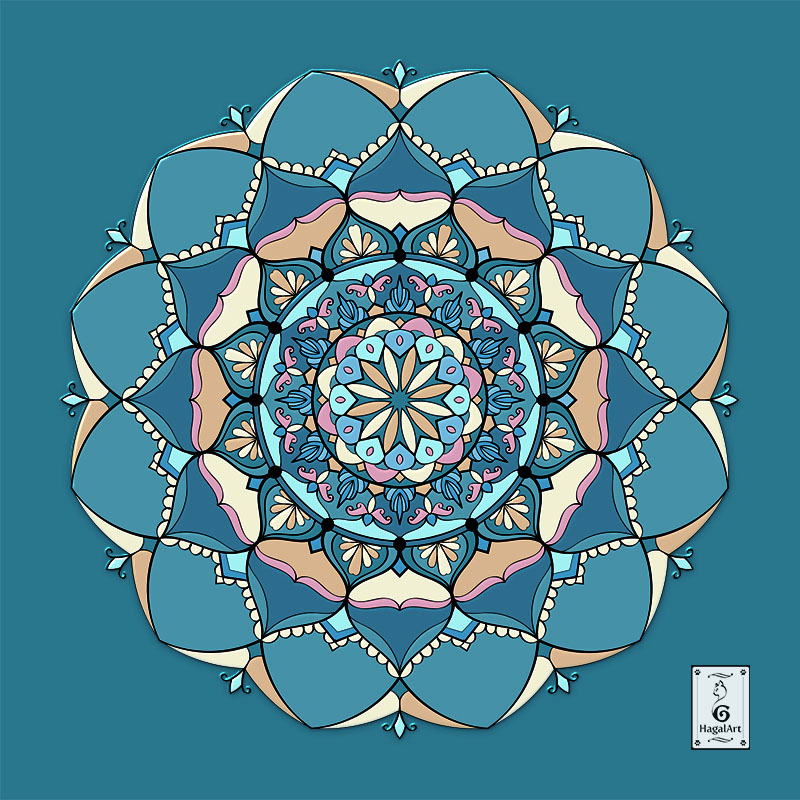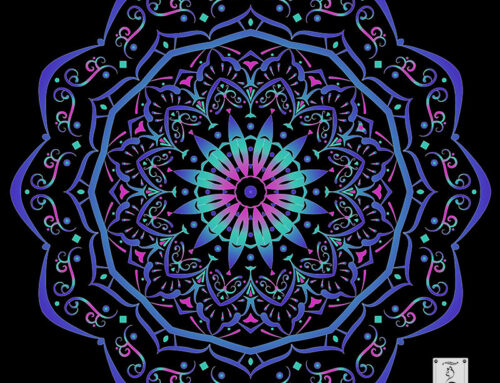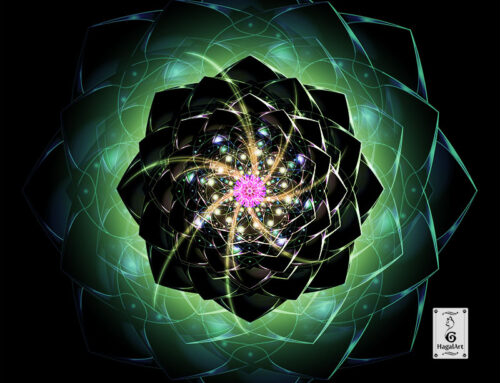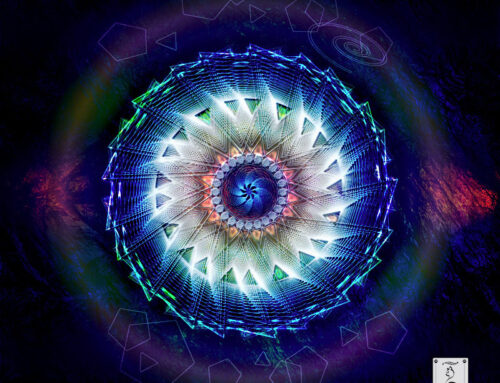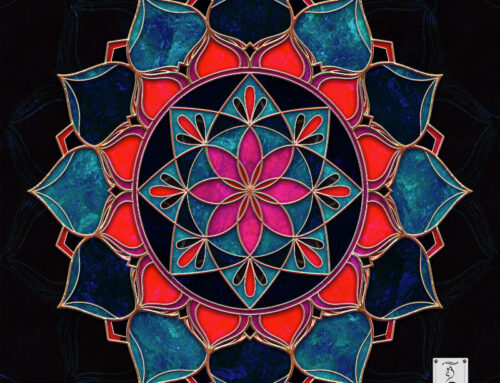This mandala canvas print features a vibrant and intricate design, created with a purposeful selection of colors that hold significant meanings. Each color carries its own symbolism, adding depth and intention to the artwork.
- Blue: The color blue represents tranquility, peace, and serenity. It is often associated with depth and stability, evoking a sense of calmness and soothing energy. Blue can promote mindfulness, harmonize emotions, and aid in relaxation.
- Pink: Pink is often associated with love, compassion, and kindness. It represents a gentle and nurturing energy, bringing a sense of tenderness and emotional healing. Pink can evoke a feeling of comfort and tranquility, perfect for promoting self-care and relaxation.
- Brown: The color brown is a symbol of stability, security, and grounding. It represents the earth and the natural world, connecting us to a sense of stability and reliability. Brown can create a feeling of warmth and coziness, making it a popular choice for creating a comfortable and inviting space. It also signifies a sense of practicality and down-to-earth qualities.
The vibrant and meaningful colors of this mandala aim to create a soothing and harmonious ambiance, making it a perfect addition to any space where you wish to find well being and comfort.
WHAT IS A MANDALA
A mandala is a sacred geometric design that originated in ancient religious and spiritual traditions. It is often depicted as a circle with intricate patterns and symbols radiating from the center. The word “mandala” comes from the Sanskrit word for “circle,” and it represents the universe or the sacred space within it.
Mandalas are used as tools for meditation, spiritual reflection, and personal growth. They are believed to help individuals connect with their inner selves, find balance and harmony, and tap into a higher state of consciousness.
The design of a mandala is highly symbolic. The circular shape represents wholeness and unity, reminding us of the interconnectedness of all things. The center of the mandala is considered the focal point, representing the center of our being or the divine essence within us.
Creating or engaging with mandalas can be a transformative practice, offering a pathway to inner peace, self-discovery, and spiritual growth.

